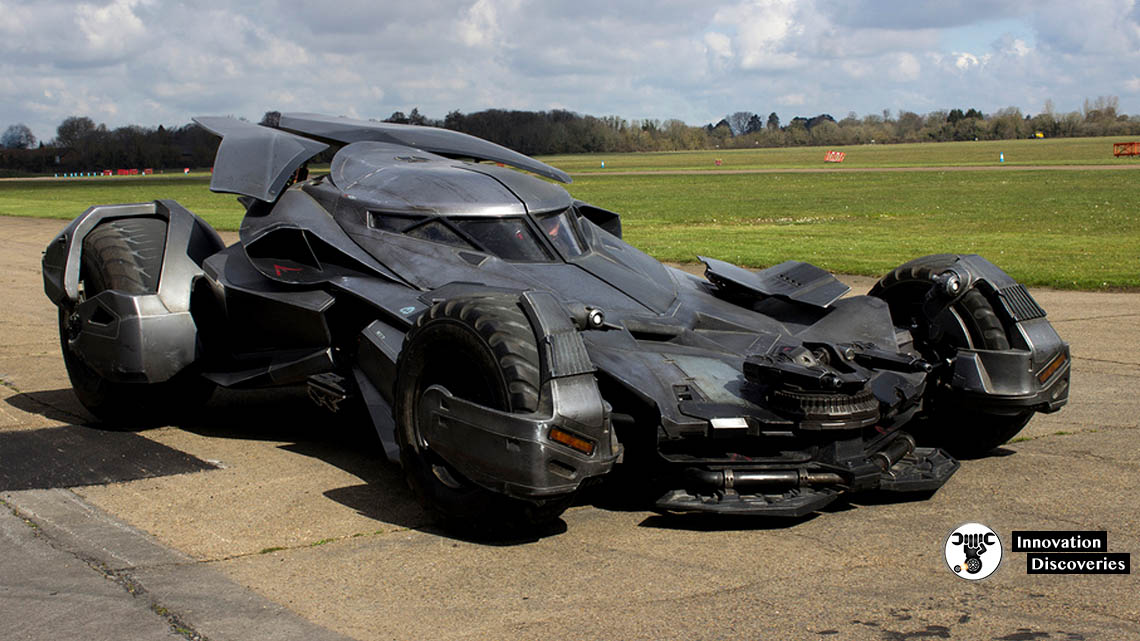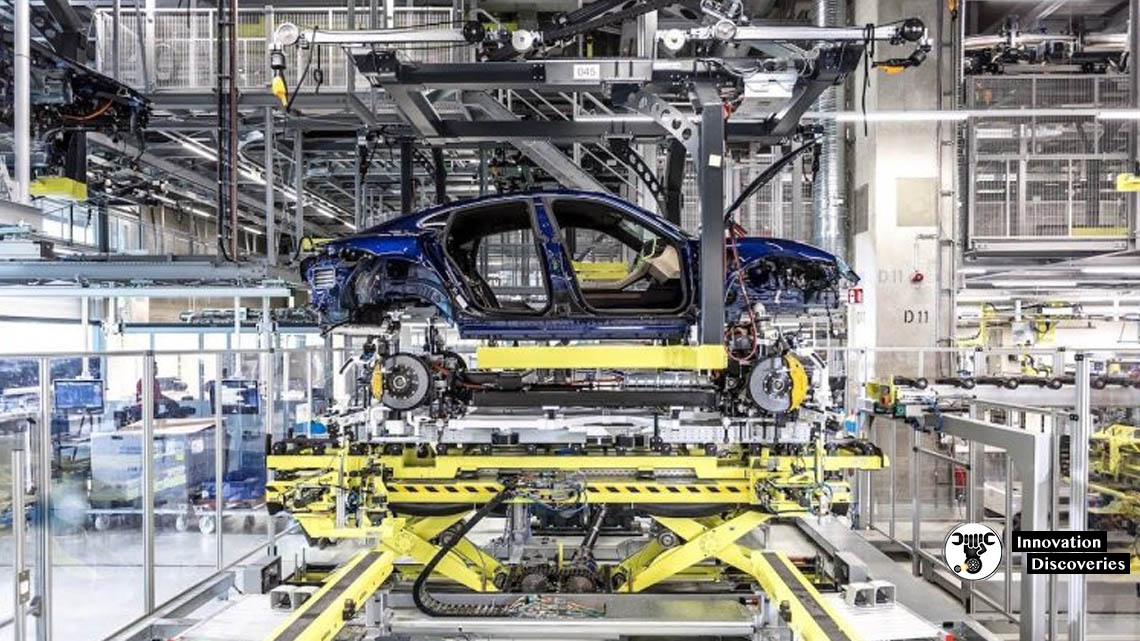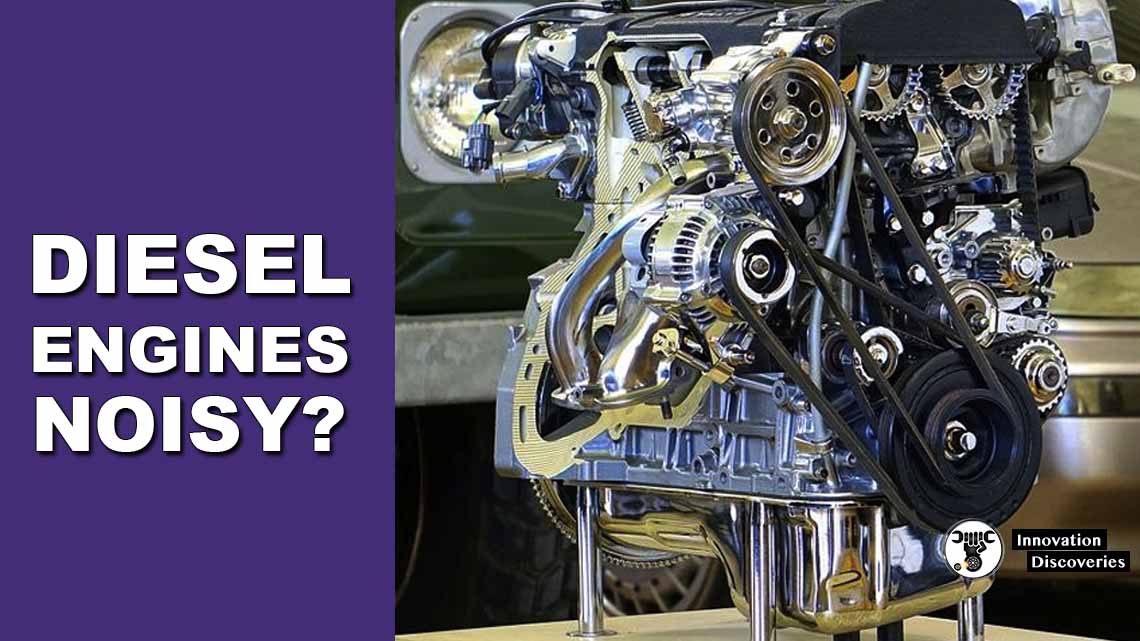When the Porsche Taycan Turbo’s EPA figures were released,
We were surprised to see that its range was a mid-pack 201 miles (ca. 323 km) and
Its efficiency rating was worst in class. While performance cars are often less efficient,
Low efficiency comes with steep trade-offs for electric vehicles.
In a new video on his channel Engineering Explained,
Jason Fenske explains the problem. While modern EV powertrains are very efficient,
Modern batteries don’t store nearly as much energy as a traditional gas tank.
That means that as efficiency decreases,
The weight of the necessary battery pack increases massively.
In Porsche’s case, the Taycan Turbo has to use a 93.4 kWh battery to provide 201 miles (ca. 323 km) of range. With Tesla’s more efficient drivetrain,
The Model S Long-Range can go 373 miles on a 100 kWh pack. And so despite the Models having nearly double the range of the Taycan,
The Porsche still has almost as much battery weight to lug around.
If you wanted to make up for that inefficiency,
A normal gas car could nearly double its range with just a hundred or so pounds of fuel. But adding range to EVs has a higher weight penalty—in Porsche’s case,
Fenske calculates you’d need an extra 1189 pounds (0.54 t) of
Battery for the Taycan to match the Model S’ range.
It also has a lot of other weight to lug around. Despite its smaller battery,
The 5132-pound Taycan Turbo is 249 pounds heavier than the Model S Long Range. Porsche does a fantastic job of managing that weight,
As we’ve been consistently impressed by the Taycan,
But weight hurts almost all facets of performance. Had the motors been more efficient, the car would be even more mind-bending.
Now, there’s a reason for some of this. The first is that we’re not expecting any
Traditional manufacturer to best Tesla in range,
As Tesla allows customers to access the full battery pack.
Porsche, Audi, and others wall off some percentage of the battery12 in the
Taycan’s case So, that you can never use 100 percent of the pack.
This promotes longevity and battery health,
As batteries don’t hold up well to consistent full charging.
Tesla suggests not using the full battery in day-to-day usage,
But leaves it available for occasional long trips. That gives the consumer more choice,
But the warranty departments at traditional
OEMs likely don’t want to trust drivers with long-term battery health
When battery warranties typically last eight years.
But the walled-off portion of the battery doesn’t fully explain it. Even if the Taycan could use all of its battery,
Math suggests it’d be far from the Model S’ maximum range. More importantly,
If it could match the Model S’ efficiency, it’d be a lot of lighter.





